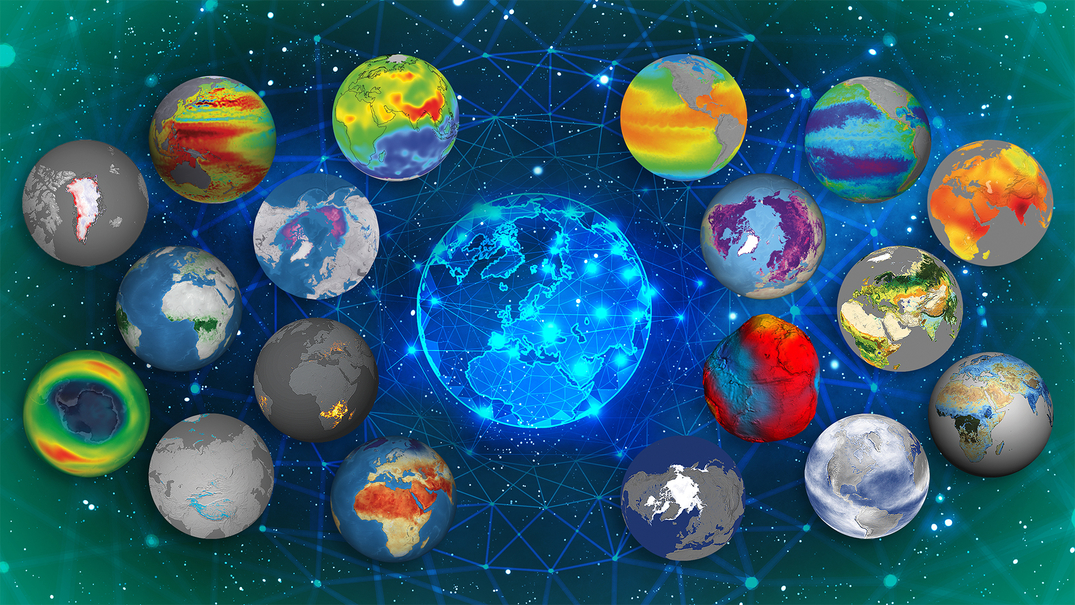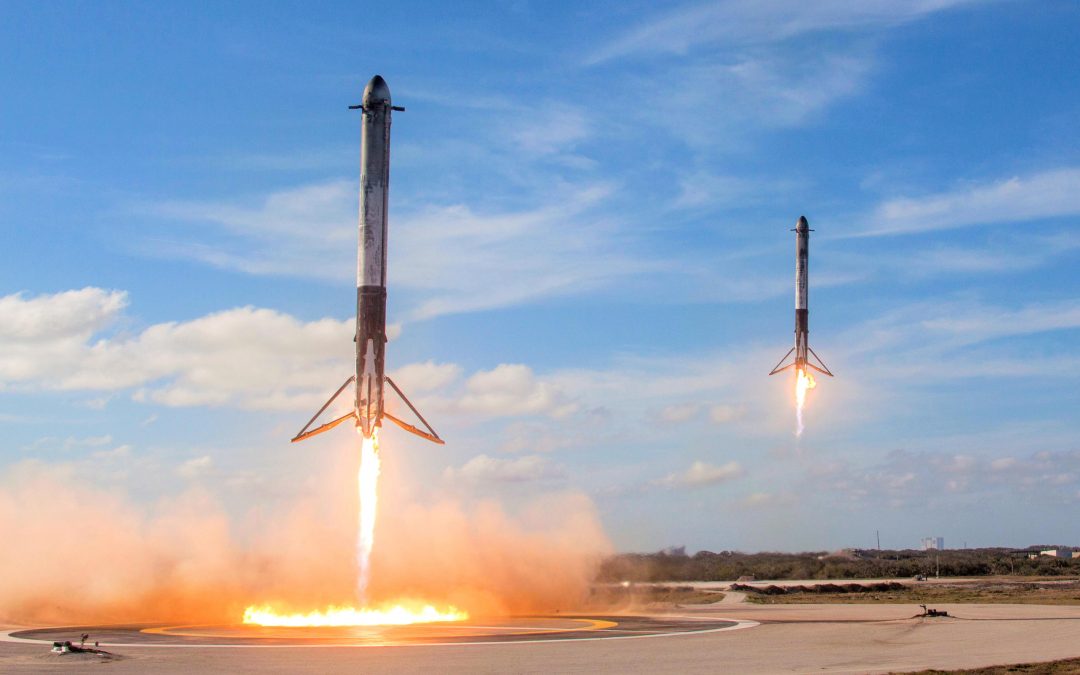To battle climate change, we’ll need to rapidly move to carbon-free sources of energy. But this technology isn’t a free lunch. They require metals, generate waste and deplete the environment. What’s the best way to balance this shift?



Fraser Cain
Universe Today

Dr. Pamela Gay
CosmoQuest

To battle climate change, we’ll need to rapidly move to carbon-free sources of energy. But this technology isn’t a free lunch. They require metals, generate waste and deplete the environment. What’s the best way to balance this shift?

Climate change is on our minds these days, with increasing wildfires, droughts and floods. What are the variables that play into a planet’s changing climate, and what can this teach us about the search for habitable planets across the Milky Way?

Last week we talked about how single-use rocketry has changed over time, and the role it still plays in launching payloads into orbit and beyond. Today, we’ll address the stainless steel elephant in the room and talk about the shift to reusability.

On the day that we’re recording this, NASA’s Space Launch System is about to blast off. But everyone is expecting it’ll be delayed to October. When it does launch, it’ll be the most powerful rocket on Earth. Well, until Starship blasts off. Are we about to see the end of single-use rockets and enter the era of reusable rocketry?
Recent Episodes
Time for part 3 of our tour through the hobby of astrophotography. You've set up your gear, taken some clear images. Now we're going to help you turn that raw data into the kind of amazing photographs you see in books and on the web. Ep. 241: Astrophotography, Part 3:...
In the first episode, we talked about the gear you'll need for your expensive astrophotography hobby. This week we continue our discussion, and talk about the techniques you'll use to get those amazing photographs. Bring a hot drink, and get ready for some cold...
No matter how good your telescope is, you're never going to see the same detail and colours as the photographs. To take amateur astronomy to the next level, you really need to attach a camera to your telescope. Welcome to the hobby of astrophotography. Fair warning,...
The Sun looks like a harmless burning ball of fire in the sky: warm, life-giving and forever unchanging. But we know better, don't we. It's really a massive ball of churning hydrogen plasma, encased in twisting magnetic field lines, speckled with sunspots, and...
To help you out with your halloween parties, we've collected together the spooky sounds of space. Every piece of audio we're about to play might sound like it comes from a terrifying nightmare dimension, but it's really just a natural space phenomena. Ep. 237: Spooky...
At least once a week we get an email claiming that Einstein was wrong. Well you know what, Einstein was right. In fact, as part of his theories of Special and General Relativity, Einstein made a series of predictions about what experiments should discover. Some...
What can we say about Einstein? Albert Einstein! Lots, actually. In this show we're going to talk about the most revolutionary physicist… ever. He completely changed our understanding of time, and space, and energy, and gravity. He made predictions about the nature of...
This is an impromptu episode of Astronomy Cast that we recorded during Dragon*Con 2011. Pamela was scheduled to speak with a panel about strange things in space, but she ended up being the only person there. So Fraser jumped in, and this was what we did. We mostly...
The Moon is a stark reminder that we actually live in a Universe filled with stars and planets and moons. The changing phases of the Moon show us the relative positions of the Earth, the Sun and the Moon as they interact with one another. Let's learn about the...
Radar is one of the those technologies that changed everything: it allows boats and aircraft to "see" at night and through thick fog. But it also changed astronomy and ground imaging, tracking asteroids with great accuracy, allowing spacecraft to peer through Venus'...
In last season's thrilling cliff hanger, we talked about astronomer superhero Galileo Galilei. Will a mission be named after him? The answer is yes! NASA's Galileo spacecraft visited Jupiter in 1995, and spent almost 8 years orbiting, changing our understanding of the...
It's hard to imagine a more famous astronomer than Galileo Galilei. He's widely recognized as the very first person to point a telescope at the skies and then study what he saw. Galileo discovered the moons of Jupiter, the phases of Venus, and much more. But it was...
And now we finish our trilogy of Saturnian astronomers and missions with a look at the Dutch astronomer and mathematician, Christiaan Huygens. It was Huygens who discovered Titan, and figured out what Saturn's rings really are, so it makes sense that a probe landing...
Last week we talked about the Italian astronomer Giovanni Cassini. This week we'll talk about the mission that shares his name: NASA's Cassini Spacecraft. This amazing mission is orbiting Saturn right now, sending back thousands of high resolution images of the ringed...
Another two parter, coming at you. This week we talk about the Italian astronomer, Giovanni Domenico Cassini, best known for discovering Saturn's moons and the biggest division in Saturn's rings. Cassini made many other important discoveries in the Solar System, and...
We wanted to spend a few shows talking about some of the most recognizable constellations in the night sky. We've chatted about Orion the Hunter, but now we're going to talk about the Big Dipper, also known as Ursa Major, or the Great Bear - apologies to our southern...
How's the weather? Maybe a better question is... why's the weather? What is it about planets and their atmospheres that create weather systems. What have planetary scientists learned about our Earth's weather, and how does this relate to other planets in the Solar...
A huge part of the Solar System is just made of ice. There are comets, rings, moons and even dwarf planets. Where did all this ice come from, and what impact (pardon the pun) has it had for life on Earth? Ep. 225: Ice in Space Jump to Shownotes Jump to Transcript Show...
Most people know how to find two constellations: the Big Dipper, and Orion the Hunter. You can teach a small child to find Orion, and at the right time of year, they'll find it in seconds. There's so much going on in this spectacular constellation, from the star...
Since the planet Venus is closer in to the Sun than Earth, there are rare opportunities to see it pass directly in front of our parent star. This is known as a planetary transit, and thanks to the geometry of the Earth and Venus, they only happen a couple of times a...